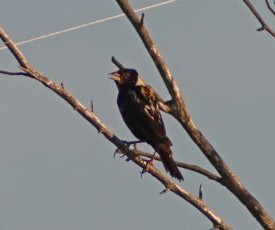Bird Litigation: “Standing” and the California Gnatcatcher
10,000 Birds
SEPTEMBER 10, 2019
As a result, the bird has a long history with the Endangered Species Act. More recently, a group of developers petitioned FWS to delist the gnatcatcher because the underlying science was allegedly flawed and the coastal gnatcatcher is not really a distinct subspecies. But its U.S.













Let's personalize your content